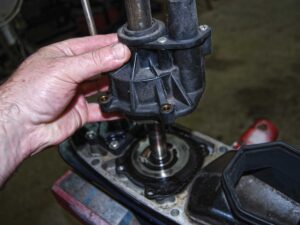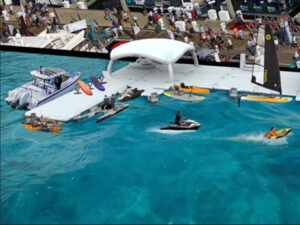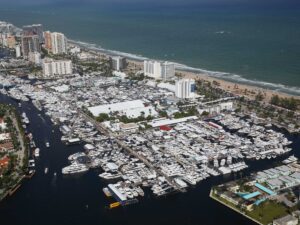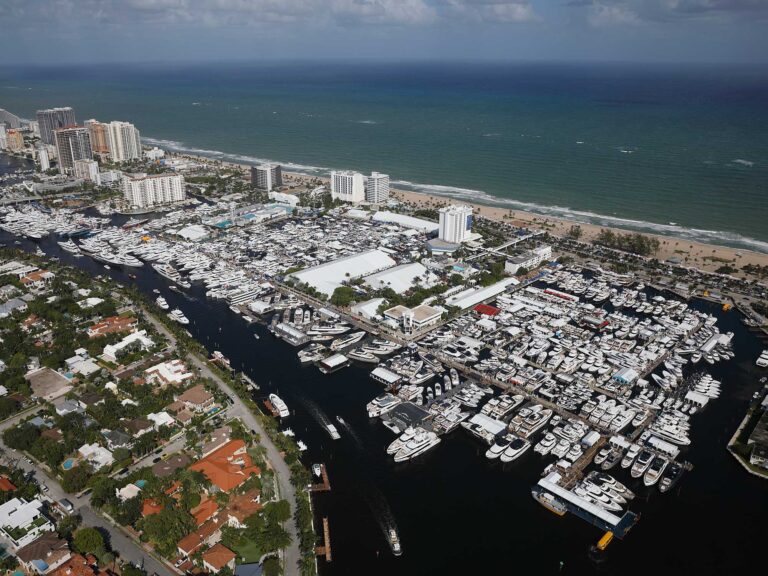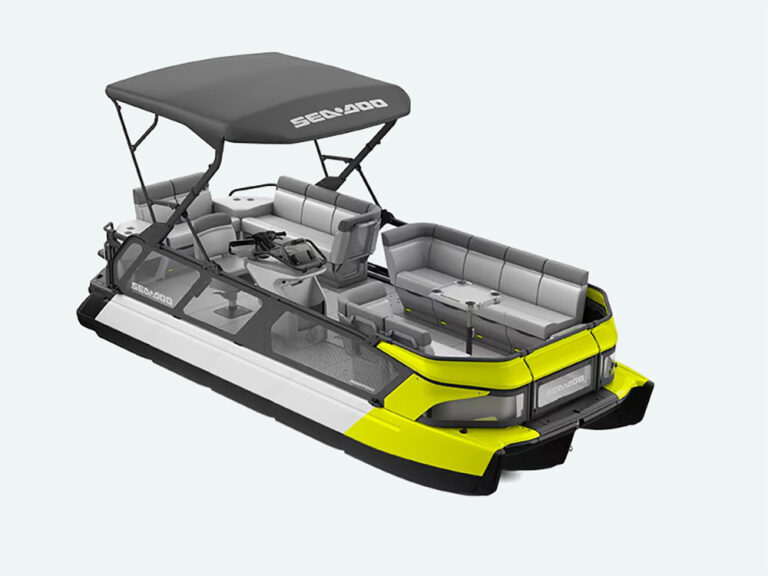
Your outboard needs a propeller—maybe two if you are smart and carry a spare. There are literally dozens of prop options for most outboards, so start here. Outboard props come in three flavors: aluminum, stainless steel and composite. Let’s compare the features and benefits of each material.
Stainless Steel
The Spin: Very strong stainless-steel alloy permits thinner blades that reduce drag, flex less than aluminum, and can be formed into complex blade shapes, which give premium props like the Mercury Enertia (about $955; mercurymarine.com) a real performance edge over other prop materials. The Mercury Flo-Torq SSR hub system limits shift clunk and fits most outboard brands.
The Slip: It’s so expensive, you’ll want to cry if you hit hard bottom. There are fewer choices for lower-
horsepower motors.
Price Range: Between $360 to $1,000, depending on prop size and model.
Composite
The Spin: A fiberglass/nylon composite propeller like the Piranha (about $125; piranha.com) is designed to fail to protect your expensive prop shaft and gear case. Individual blades fit into a composite-covered aluminum hub and are secured by the propeller cap. The blades are designed to flex on light impact or simply break off. A set of new blades costs $45 to $85. Piranha guarantees the hub for life.
The Slip: Limited to 280 hp. Offered with hubs to fit most brands, but not always for the whole horsepower range.
Price Range: About $85 to $175.
Read Next: Improving Propeller Efficiency
Aluminum
The Spin: Modern alloys allow for affordable aluminum props like the Michigan Wheel Vortex (about $125; miwheel.com) with thinner blades for better performance than older aluminum props. And if you hit hard bottom, the soft aluminum will give way and help protect your gear-case internals from damage. The Michigan Wheel XHS hub kit fits many outboards.
The Slip: Too much blade flex for motors over about 250 hp, and a performance compromise compared to stainless-steel models.
Price Range: Between $90 and $250, depending on size and brand.


